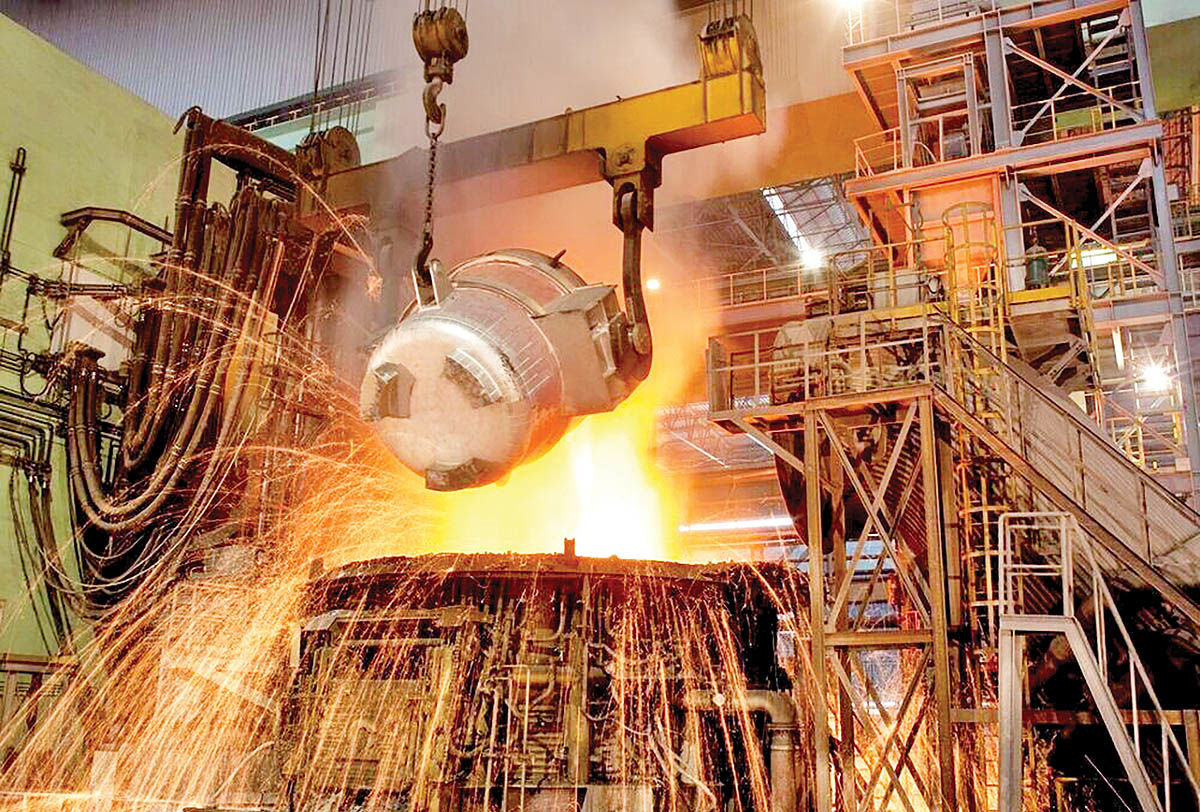- صفحه نخست
- steel
steel

The steel industry, as one of the main pillars of a country’s economy, plays a vital role in progress and development. Since the steel production chain includes the extraction of raw materials in mines to their processing and melting in factories, engineering and contracting companies in these fields provide numerous job opportunities for various contractors.
Mine contractors are active in the initial stages of drilling, extraction, and transportation of iron ore and other raw materials required by the steel industry. Contractors in the construction of steel plants are responsible for the construction, installation, and commissioning of various equipment and facilities.
Specialized contractors also provide services related to the design, engineering, installation, commissioning, and maintenance of equipment and systems used in mines and steel plants. These services include providing technical consultations, conducting technical and economic studies, preparing technical drawings and documents, and supervising project implementation.
- atinegar
- atinegar
Steel industry Value Chain
Our service scope covers the entire value chain of the steel industry with DRI (Direct Reduced Iron) technology, and during our operational history, we have successfully completed numerous projects in various segments of this chain.
The steel industry value chain begins with the production of concentrate (Concentrate) and pellets (Pellets). Pelletizing is the second stage of the steel production cycle. For low-grade iron ores, due to the beneficiation process and increasing the iron ore grade, the ore is transformed into a fine powder (Concentrate). Therefore, a new process is required to convert the powdered concentrate into a usable product for the furnace, and this process is called pelletizing (Pelletizing), which has seen significant development.
Sepahan Beyond Research Company has the engineering and construction capabilities for a pellet plant with Traveling Grate technology, with a capacity of 2.5 million tons to 7.5 million tons per year, along with its associated systems: raw material and product stockpiling and reclaiming, raw material storage and blending (Mixed Material) system, raw material pelletizing discs, pellet induration using an Indurating Machine, and product screening, as well as auxiliary systems.
Continuing the DRI-based steel production chain, the iron oxide particles in the form of dark-colored pellets (Pellets) are reduced in the reduction units, in contact with reducing gases (such as H₂, CO, and CH₄) at temperatures between 750 to 900 degrees Celsius. The resulting sponge iron (Sponge Iron) has more than 90% metallic iron content. The sponge iron is then melted in an electric arc furnace (Electric Arc Furnace), where alloying operations also take place. In this stage, carbon content adjustment, alloying element addition, and steel composition homogenization are performed, and the produced steel is tapped into a ladle (Ladle Furnace). In the next stage, the molten steel is cast into various molds (Continuous Casting) and takes the form of billets, blooms, or slabs. In the final stage, through hot and cold rolling methods, various final products such as hot-rolled, cold-rolled, coated, and color-coated sheets, or long products like rebar, beams, and angles are produced.
Sepahan Beyond Research Company has carried out numerous projects in providing engineering design, consulting, supervision, and EPC (Engineering, Procurement, and Construction) services for these stages of the steel industry value chain over its more than 25 years of experience.

